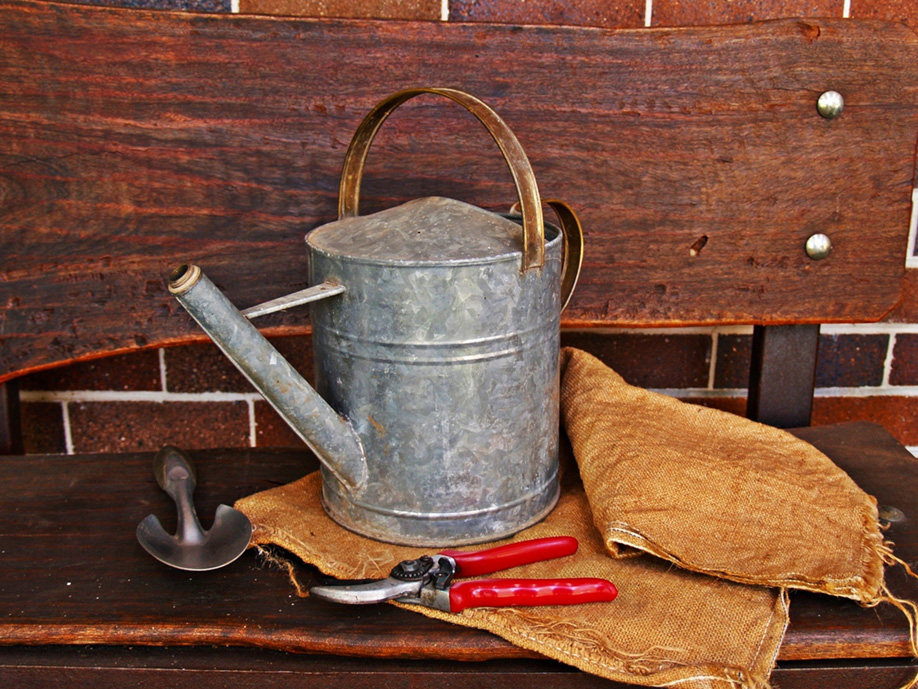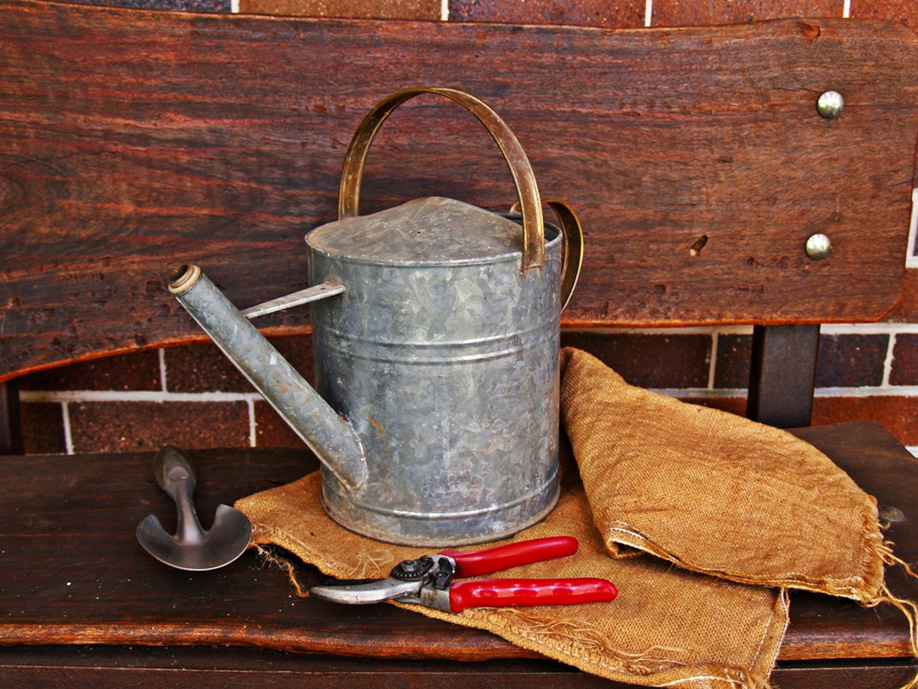
courtesy photo
Before the start of the growing season, gardeners should take an inventory of tools and other garden supplies, to determine what needs to be cleaned, maintained or replaced.
by Deborah J. Benoit, Extension Master Gardener, University of Vermont
NORTH ADAMS, Mass.– Spring may be upon us, but winter is reluctant to let go. In the meantime, we’re all eagerly awaiting the time when we can head back to our gardens and get them into shape for the coming growing season.
If you didn’t do so during garden downtime in January and February, now is the time to order seeds, plants, shrubs and trees online or make a to-get list for shopping at your local nursery. While you’re at it, sketch out plans for new beds or additions to existing garden plots.
Temptation is all too real when browsing garden catalogs. The old adage that begins with “a place for everything” can help keep random purchases and dreaming too big under control.
Before the ground is workable, take some time to clean out and organize your garden shed or greenhouse. Make an inventory of garden supplies, in particular, tools. If you didn’t do so in the fall when you stored them for the winter, clean tools and perform any needed maintenance.
Do you need to replace hoses, or are you planning on putting in new beds? Make a note of anything that needs to be replaced and put those and any new items on your shopping list.
Now is also a good time to consider what additional gardening supplies you may need. Are you planning on growing crops that require support such as tomatoes? A wide variety of tomato cages and trellises are available. If you decide now, you can put supports in place at the time you plant to avoid disturbing the roots later on.

courtesy photo
Starting a backyard compost pile helps keep food scraps and yard waste out of the landfill while providing nutrient-rich matter for the garden.
Once you have access to your garden, prune trees and shrubs as needed, but leave those that bloom in spring alone. If you prune spring-blooming shrubs such as lilacs and azaleas now, you’ll be cutting off this year’s flowers. Wait to prune those shrubs until after they bloom.
Even though you’ll be tempted to clean up the garden when the snow clears, wait until after daytime temperatures reach 50 degrees Fahrenheit for about a week before removing leaves and flower stalks that weren’t dealt with last fall. That will give beneficial insects that have been overwintering in the garden time to emerge.
If you don’t already have a compost pile, now is the time to start one. It’s the perfect way to recycle food scraps and yard waste with many options available for container size and type of composting. For more on composting, see go.uvm.edu/composting.
While you’re cleaning up the garden, watch for signs of perennial weeds and newly emerged annual weeds popping up in beds and along pathways. Remove them now while they’re young. They’ll only hold on tighter the longer you wait. A few minutes weeding now is far easier than spending an afternoon fighting established weeds once warm and sunny spring weather has settled in.
Spring also is a good time to divide or transplant perennials. Take note of which plants need dividing and where you’d like to put them. Prepare any new beds.
Build, repair or replace trellises and other plant supports. Consider using tree and shrub prunings from the garden to build your own.
If you’re planning on starting seeds indoors, check to see if you have all the supplies you’ll need. Seed packets should include information on when to start those seeds. For more on starting seeds indoors, see go.uvm.edu/seedstarting.
Before you know it, the garden will be awake, and it will be time to venture outside and get down to work.
[Deborah J. Benoit is a UVM Extension Master Gardener from North Adams, Massachusetts, who is part of the Bennington County Chapter.]





